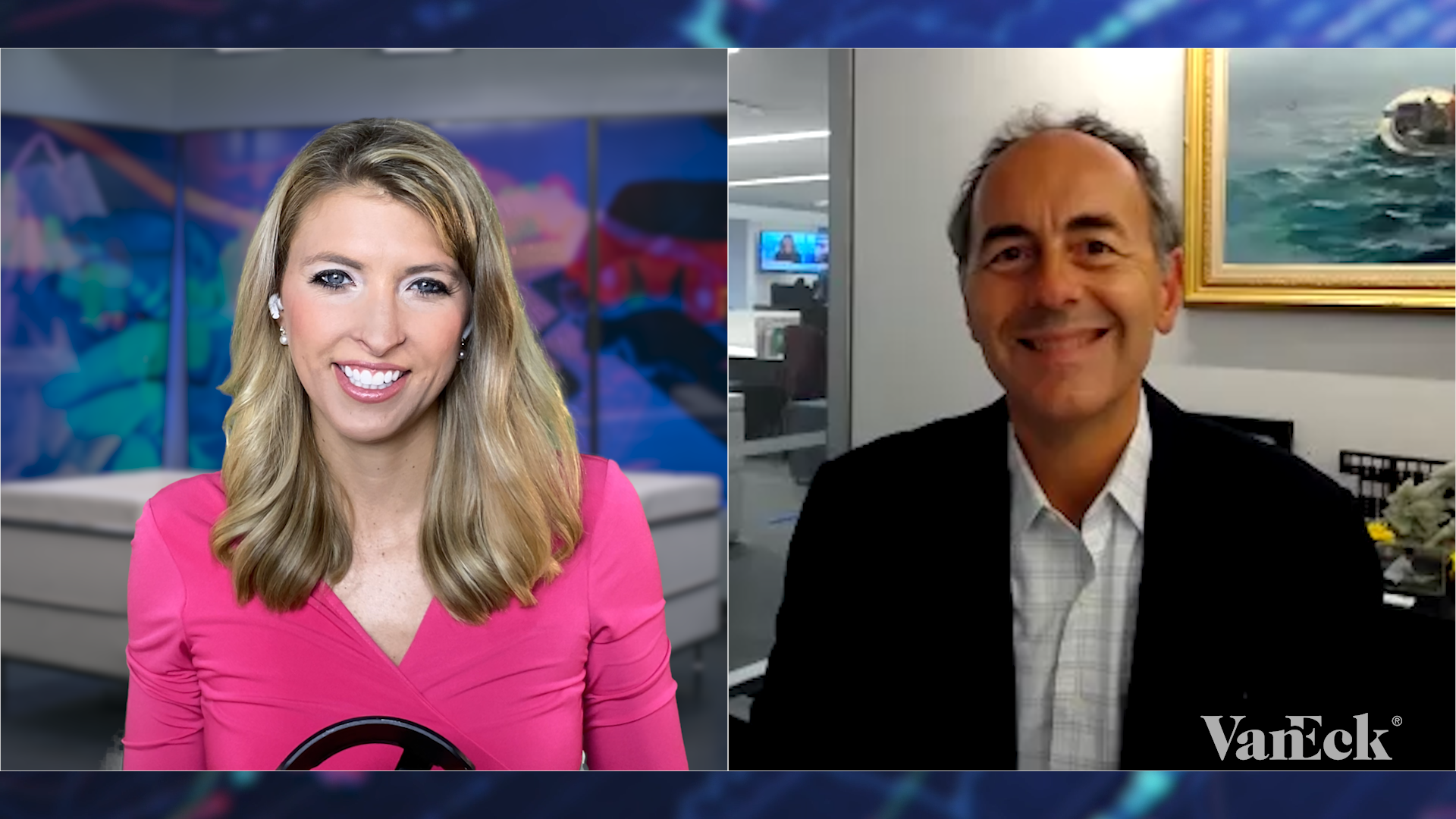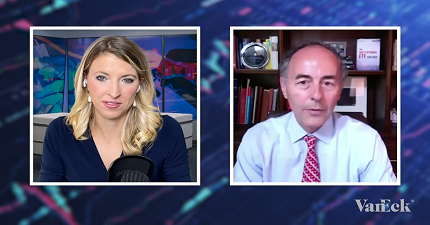Focus on “New” Emerging Markets: Saudi Arabia, Brazil and India
01 September 2023
Watch Time 6:33 MIN
Hello, this is Jan van Eck and I'm speaking to you in mid-August 2023 with an investment outlook. I do these outlooks primarily to summarize macro trends that we see in the markets, but also to highlight things that we think are missing in the mainstream media. And my highlight today is going to be on some emerging market countries that we think are not getting enough attention, especially if you just read the mainstream media.
Let's just recap so far this year. It's been a year of good equity performance in the first half, but the Fed has continued to raise rates. Our view had been more cautious coming into this year, and we still stick with that. Why? Because the three drivers of financial markets are still relatively negative. First of all, money supply, the Fed is raising rates, and it's also reducing its balance sheet. That is negative for financial assets.
Secondly, government spending at the federal level shouldn't be increasing significantly. So that's not going to be necessarily positive for financial markets. And then last, I guess the question is around the economy. I think the economy is great in the U.S. The labor market has continued to be very strong, Corporate profits feel better, but they were still down in the second quarter. So overall, all those ingredients of tight monetary, tight fiscal and lack of dramatic profit growth really don't spell great for financial assets. I will say that investors have raised their hopes for the fourth quarter profitability, so we'll see if that plays through or not.
Overall, the market, however, has priced in a lot of that good news, which we don't think is really sustainable. Large caps are—like the end of 2021—overvalued relative to small caps, and growth stocks, tech stocks, are very overvalued relative to value.
We think that things will sort of mean revert in the second half of the year, and that, you know, definitely you want to always really generally want to be invested in the financial markets, but there's a lot of value in the fixed income side of the equation and that probably deserves a little bit more of an investor's attention.
So now let's just go to my focus for today.
So there are three countries around the world that we think are not getting enough attention, and namely Saudi Arabia, Brazil, and India. You know, I think what we've learned from China over the last 30 years is that when a government comes into power and does very pro-market reforms, that will have investment implications. And that's exactly what happened in China. Now China growth is tailing off, are their drivers for global growth? And we think that three countries are worth paying attention to.
Saudi Arabia: first of all, Saudi Arabia is very interesting because they have decided they are going to move away from fossil fuels as fast and as big a way as they possibly can. And that has caused a range of different financial and political changes.
[03:13 Chart - Saudi Women in the Workforce]
Namely, women's participation in the labor force has increased, as you can see, almost doubled from this slide.
[03:21 Chart - Saudi Debt Issuance]
Secondly, they are using the financial markets discipline, so they are issuing more debt. They're getting the capital markets to incur a level of competition in the markets in their economy. That means those changes won't just be top-down driven.
[03:38 Chart - Saudi Equity Issuance]
You can also see, of course, the big blip of Aramco going public in 2019, but also growth in the IPO market in Saudi Arabia. We see not just in the financial markets, but also in their international relations. They just cut a peace deal with Iran, their archenemy, and they're negotiating with Israel as well.
You know, some of us pay attention to that LIV Golf deal that Saudi Arabia did, but really it is dramatic in so many areas of their economy that are changing and they're leveraging the capital markets to achieve those goals. Saudi Arabia is one country that we think is sort of underappreciated in terms of their growth potential and actually investment potential.
A second country is Brazil. I probably won't talk a lot about that. There was a political change, but I think what's underappreciated in Latin America generally, whereas a lot of countries have elected left-leaning political leaders, their central banks have been remarkably stable. And we talked about this coming into this year, where they had prudently raised rates to fend against inflation in 2022. And I think they have room, first of all, they're paying higher interest rates for debt investors, and they have room to lower those rates going forward. So the stories about Brazil and many of the other countries there, while it's not a perfect story by any means, a lot of the economic reforms that came in the prior administration or administrations—if you look across the region, like pension fund reform, financial reforms—I think will continue to be a tailwind for their economy, regardless of, I think, sort of misleading political headlines that you might see from time to time.
[05:32 Chart - These Regional Leaders Will Pass the EU in 10 Years]
Lastly, I won't talk about India. There's a lot to say, but if you can see from this chart, if you collect these countries together, whereas in 2018 they were substantially less than the size of the European Union. If current economic trends continue, and you're seeing GDP growth out of India for sure, and Saudi Arabia, that they will match the economic significance of the European Union. So basic same overall global trend. More of the rest of the world economy is going to be a bigger share of the global economy than it was 20 years ago or so. And these are countries that we think are worth investors' attention, despite again, some of the headlines. So that's my focus for today.
Thank you for listening to our outlook and good luck for the rest of 2023.
Related Insights
09 September 2021
27 November 2020




